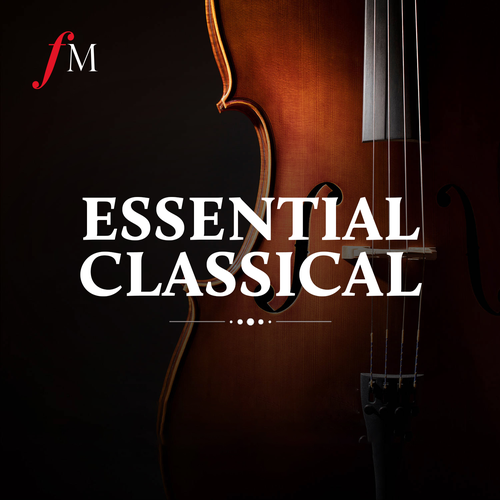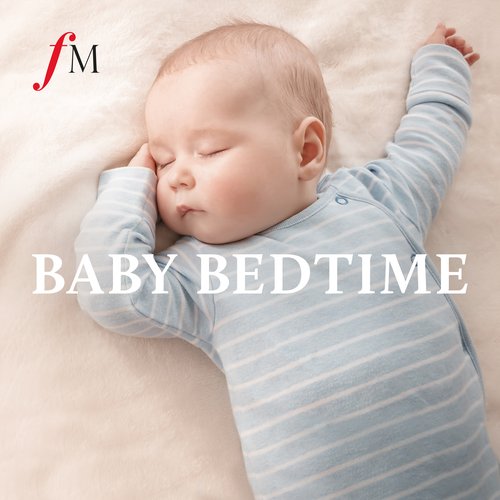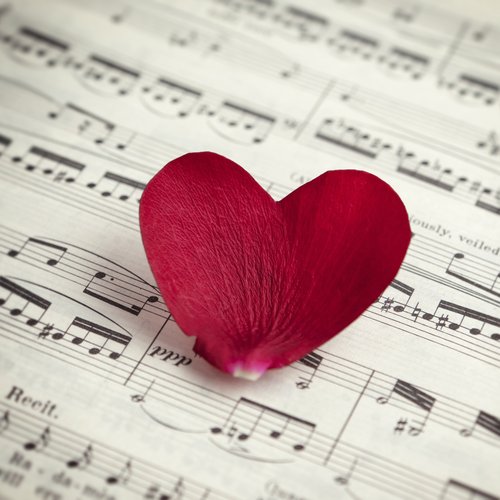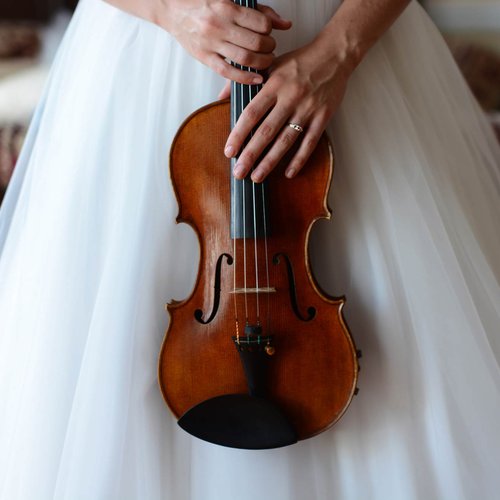Why do opera singers use so much vibrato?
3 October 2018, 11:57
If you ask someone to imitate an opera singer, you can guarantee that they will do so with a humorously excessive amount of vibrato. We asked professional soprano and Classic FM presenter Catherine Bott to explain why…
To get started, here’s Susanna Hurrell singing Puccini with lots of amazing vibrato:
But people didn’t always sing like that.
So when did singers start using vibrato?
Back in the day, Catherine explains (we’re talking pre-16th century), nobody needed to sing ‘louder than lovely’. People sang outdoors, in church or at home, which could all be done at the same pitch as speaking.
There were no opera houses, concert halls, or orchestras – and as a result, singers didn’t need to produce a very loud noise.
But then, music started to get written down more, composers got more ambitious and people wanted to sing a much wider range of notes.
Then, opera was invented.
Around the end of the 16th century, singer suddenly needed to be able to project over an orchestra in an opera house – and a whole range of colours and textures were required from the singing voice.
The key to vibrato (which comes from the Italian ‘vibrare’ – ‘to vibrate’) is about warming your voice up and helping it carry. It also makes a singer sound more human, and helps you identify with what they are singing.
Technically speaking, vibrato alters the pitch and frequency at which you sing, but it should be so tiny and so fast that you don’t notice it’s happening.
When vibrato was a ‘new’ thing in music, it was deployed as a colour, something you put in to warm a note up when you were singing about love and emotion. String players liked the sound of it so much that they copied it from singers shortly after…
So vibrato was invented in the 16th century?
Not exactly. Even though vibrato was treated as something ‘new’ at the time, it’s always been around. Vibrato is as natural as breathing, and we couldn’t make noise without passing air through our voice boxes. The air passes through, and it vibrates in order to make sound, so even the straightest sound has a bit of vibrato in it.
And for this reason, Catherine says, she would never want to be without it.
When you watch Maria Callas as Tosca, pleading for her lover’s life and her own virtue in ‘Vissi d’arte’ – ‘I have lived for my art’ – she uses a heck of a lot of vibrato.
But we want to hear every single bit, because it shows that Tosca and Maria Callas are human.
Listen to Everything You Ever Wanted to Know About Classical Music every Sunday night from 9-10pm, with Catherine Bott.









































